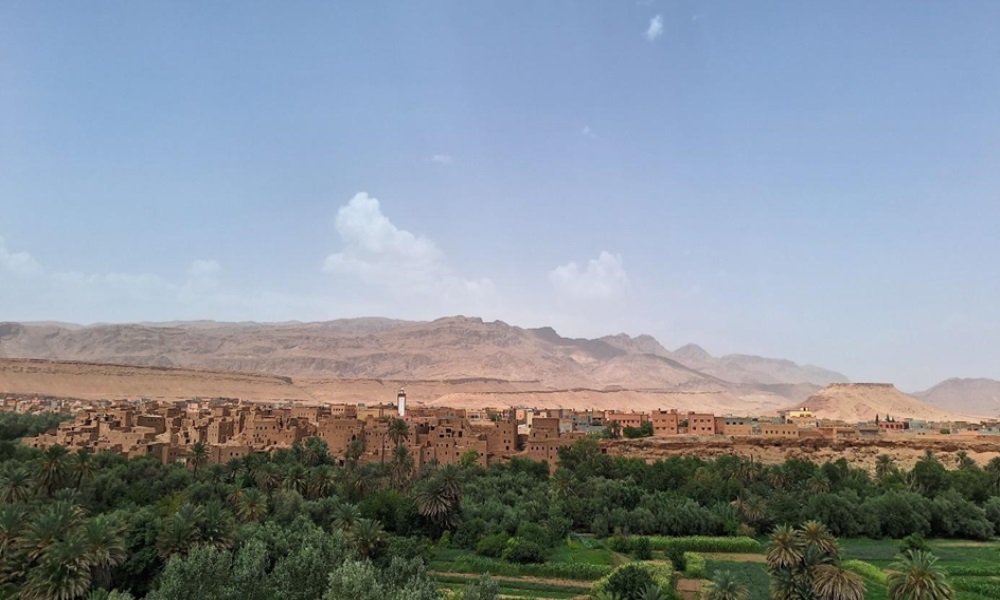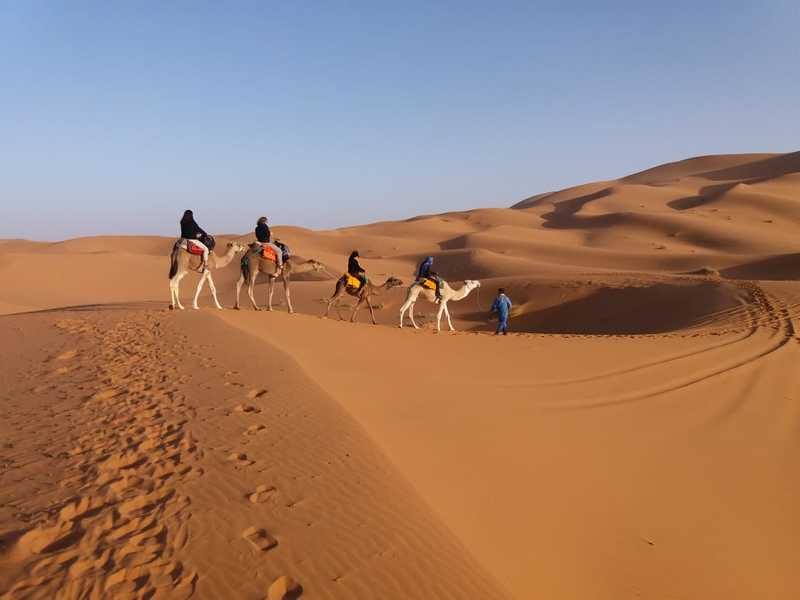Morocco is a captivating location that offers a rich tapestry of culture, history, and natural beauty. It is located at the intersection of Africa and Europe. Morocco enthralls tourists with its wide range of attractions, from the lively marketplaces of Marrakech to the tranquil scenery of the Sahara Desert. To take advantage of everything that this North African treasure has to offer, timing is everything. We shall examine the various seasons and elements that influence the ideal time to visit Morocco in this article.
Spring (March to May):
Spring travel to Morocco is often regarded as one of the greatest seasons. The nation has pleasant, warm weather throughout this time of year, which makes it the perfect time for a variety of outdoor pursuits and exploration. For the following reasons, spring is regarded as the ideal season to visit Morocco:
Mild Weather: Daytime highs in spring range from 20 to 30 degrees Celsius (68 to 86 degrees Fahrenheit), making for comfortable temperatures. Because of the generally pleasant weather, visitors may take advantage of outdoor attractions without feeling the intense heat that comes with summertime.
blossoming Landscapes: Morocco is transformed into a vibrant tapestry of blossoming flowers and lush vegetation throughout the springtime. Travelers touring towns, mountains, and desert regions will find a gorgeous backdrop as the landscapes come to life with brilliant hues.
Perfect for Hiking and Outdoor Activities: Spring is a great season for hiking in the Atlas Mountains and taking in the breathtaking scenery because of the temperate temperatures. This is the time of year when outdoor enthusiasts may enjoy a range of activities, such as trekking and taking in the breathtaking views of Morocco’s natural beauties.
events & Events: Throughout the spring, Morocco holds a number of music and cultural events. For instance, the Fes Festival of World Sacred Music is a well-known occasion that draws people from all over the globe. You have the chance to fully immerse yourself in the rich cultural legacy of the nation during these festivals.
Less Crowded: Spring brings with it a lower number of tourists than summer, making popular locations more peaceful for visitors to enjoy. Because of this, it’s the perfect time for people who want a more laid-back and immersive vacation.
Comfortable City Exploration: Historic buildings, lively neighborhoods, and bustling markets may all be comfortably explored in the springtime in cities like Marrakech, Fes, and Casablanca. It is more pleasant to go sightseeing when the summer heat is absent.
Although spring is usually a great season to visit Morocco, it’s important to think about your own interests and the experiences you want to have. Whether you want to take part in outdoor activities, attend cultural events, or just take in the beauty of Morocco’s landscapes, spring offers a pleasant and conducive atmosphere for an unforgettable trip.
Fall: September to November
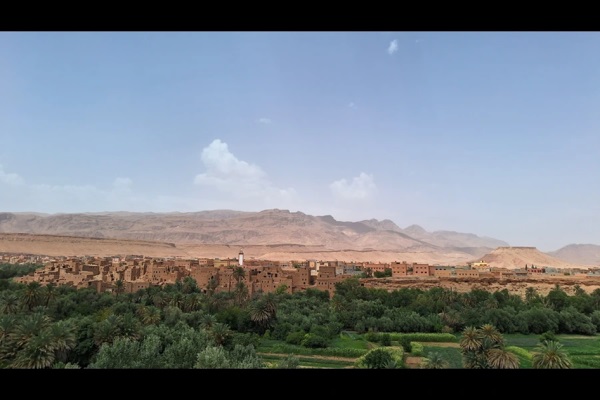
Another great season to travel to Morocco is in the fall, which lasts from September to November. This time of year offers a special combination of great weather, interesting cultural activities, and a wide variety of experiences. The following are strong arguments for why fall is regarded as one of the greatest seasons to visit Morocco:
Moderate Temperatures: Morocco’s autumn season brings pleasant daytime highs of 20 to 30 degrees Celsius (68 to 86 degrees Fahrenheit). Travelers can enjoy a more comfortable and temperate climate as the summer’s intense heat starts to fade.
Post-Summer Lull: The busiest travel month in the summer ends in September. Autumn offers a more sedate ambiance as summer crowds fade, enabling travelers to see well-known sites with fewer visitors.
Cultural events: In the fall, Morocco holds a number of cultural events. Owing to events like as the Tanjazz Festival and the Erfoud Date Festival, tourists can gain a deeper understanding of the customs, music, and artistic expression of the area while also experiencing a rich cultural experience.
Desert exploration: Autumn is a great season to visit the Sahara Desert. Cooler temperatures than in the summer months make day trips and camel rides more comfortable. Excellent astronomy chances in the desert are also made possible by the clear skies during this season.
City Sightseeing: The fall season provides a comfortable environment for visiting Morocco’s vibrant cities, like Rabat, Fes, and Marrakech. Without the oppressive summer heat, visitors can fully immerse themselves in each city’s distinct culture, historical sites, and lively marketplaces.
Hiking in the Atlas Mountains: Autumn is a great season for hiking and trekking in the Atlas Mountains because of the temperate temperatures. The lush landscapes remaining from the summer rains make for a wonderful setting for outdoor pursuits.
autumn foliage: Morocco may not have the same brilliant fall foliage as some other places, but some areas, particularly in the north, may have mild color shifts that give the landscapes a hint of the fall season.
To sum up, autumn is a great season for travelers who want a well-rounded Moroccan experience because it combines outdoor activities, cultural exploration, and a more laid-back atmosphere. Morocco in the fall offers visitors a fascinating and varied choice of experiences, regardless of their interests—festivals, desert adventures, or city sightseeing.
Winter (December to February):
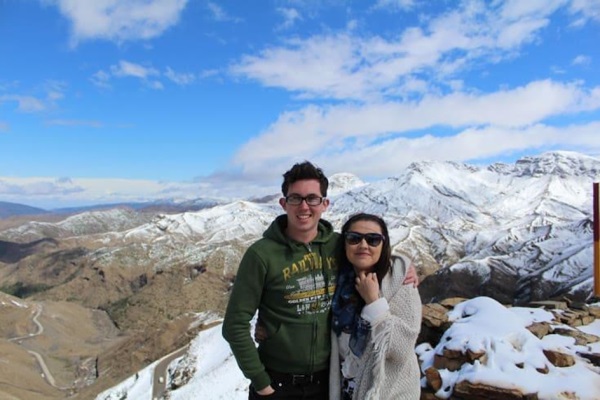
Winter in Morocco offers a distinct range of experiences that separate it apart from other seasons, making it an interesting time to visit. Although regional weather varies, winter may be the ideal season to visit Morocco for the following reasons:
Mild Coastal Temperatures: During the winter, cities along the coast, such as Casablanca and Essaouira, enjoy mild and pleasant temperatures. Those looking for a gentler climate, the opportunity to see historical monuments, and a chance to unwind by the seaside can consider coastal areas.
Atlas Mountains covered in snow: The Atlas Mountains are covered in snow throughout the winter, which turns the peaks into a charming winter paradise. This is the ideal time of year for people who want to go skiing or just take in the scenery coated in snow.
Desert Comfort: In the winter, the Sahara Desert can have pleasant daytime temperatures but frigid evenings. Winter is still a good season to explore the desert, though, since the days are milder and there’s still opportunity for camel rides and oases visits.
Festive environment: Moroccan cities experience a festive environment throughout the winter, particularly around the holidays. Tourists may take in the lively street life, cultural activities, and customary festivals in cities like Marrakech and Fes, which are decked out for the holidays.
Low Tourist Numbers: In Morocco, winter is regarded as the low tourist season. You may explore popular places more intimately and observe a slower pace of life when there are less people around. Moreover, lodging and services might be more reasonably priced during this time.
Clear sky and Sunny Days: Although it may rain in certain areas, winter usually delivers sunny days and clear sky. The cool air enhances the overall experience and the weather makes it ideal for visiting outdoor sites.
hopping and Souks: Wintertime offers great weather for shopping in Morocco’s colorful souks (markets). shops are more enjoyable to explore and meander along the tiny alleys because of the lower temperatures. Visitors can purchase distinctive fabrics, spices, and handicrafts to bring back as mementos.
It is noteworthy that winter weather is not always consistent, and that temperatures can drop dramatically in certain places, particularly those at higher elevations. Packing appropriately and being ready for chilly evenings are important for traveller. The winter season in Morocco offers a unique and enthralling experience, whether you’re looking for winter sports, cultural events, or a more tranquil exploration of the country.
June to August is summer:

Although summertime delivers pleasant weather, it may sometimes be very hot, particularly in desert and interior places.
Coastal towns with milder climates, such as Agadir and Essaouira, are ideal for summer vacations.
Taking Ramadan into Account:
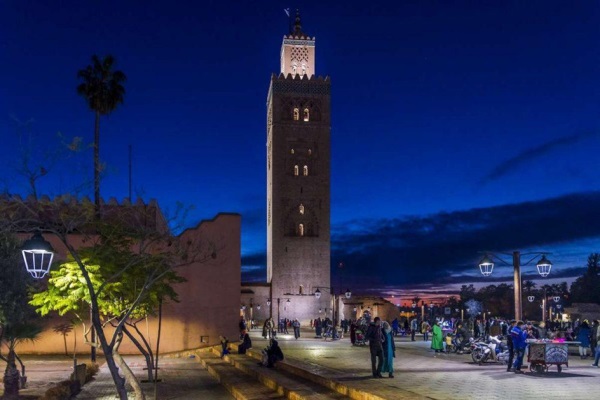
Ramadan, the Muslim holy month of fasting, has an impact on daily schedules and service accessibility. During this time, it is advisable to make appropriate plans and observe regional traditions.
Finally the ideal time to visit Morocco will depend on one’s interests and the experiences you hope to have. Morocco has something to offer any type of traveler, whether you are drawn to the peaceful desert landscape, the vibrant festival atmosphere, or the pleasant weather ideal for exploring the cities. You may maximize the experience of your travel to this captivating location by taking into account the seasons and cultural events.

